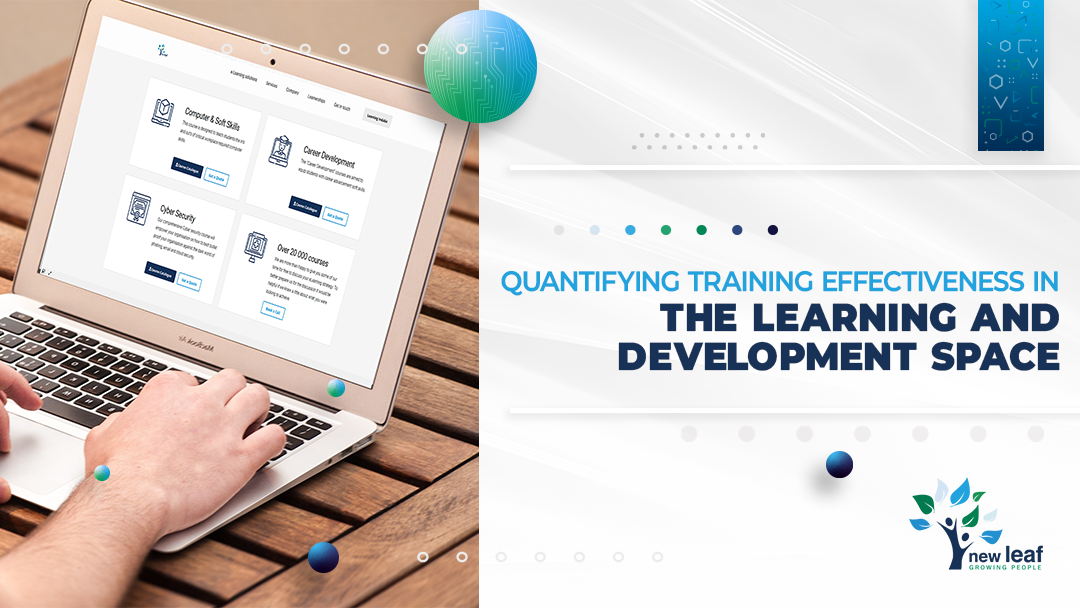
For learning and development (L&D) professionals, it’s no longer enough to simply facilitate upskilling of staff; they actively need to drive performance within a company. Where in the past the focus fell on learning outcomes, it’s now squarely on performance outcomes.
It’s all about having the right lens to measure value and our Training Intelligence System is one of the tools meeting this requirement. If you experience administrative burdens and inefficient ways of analysing data effectively, then this system can guide you and allow you to align your training interventions to promote a human capital advantage and achieve your strategic training objectives. You must remember, it’s far easier to drive behaviour than it is to change a belief, and by making use of the Philips or Kirkpatrick model of evaluation you’ll shape a clear lens on training effectiveness. This is all directly measurable through the training intelligence system.
This enables the user to undertake analysis to better understand learner behaviour and update existing training methods if required. These cues can then be used to create personalised and more effective learning paths that enable learners to learn, practise, and obtain feedback and remediation far more effectively through informed data-led decisions.
A common mistake is that businesses tend to view an outcome through a single platform. For example, they might want to find out how many learners logged in, or how many passed a particular module. But this does not consider all the information the organisation has in its operational technology stack in its software ecosystem. Why not rather connect the dots of training with your CRM/ERP and HRM system? Doing this will give you the full picture and tell you the right story visually in real time.
When organisations start to use data at a strategic level, it can lead to more informed decisions being made. It might be aware of data lying in different systems and steps are taken to integrate these platforms to arrive at a more holistic view of what’s going on. At the highest level of analytics, a business can start looking at past trends and start modelling future behaviour predictively. Suddenly you have contextual and impactful training that will enhance your organisation’s capability and give you the edge you need against your competition.




